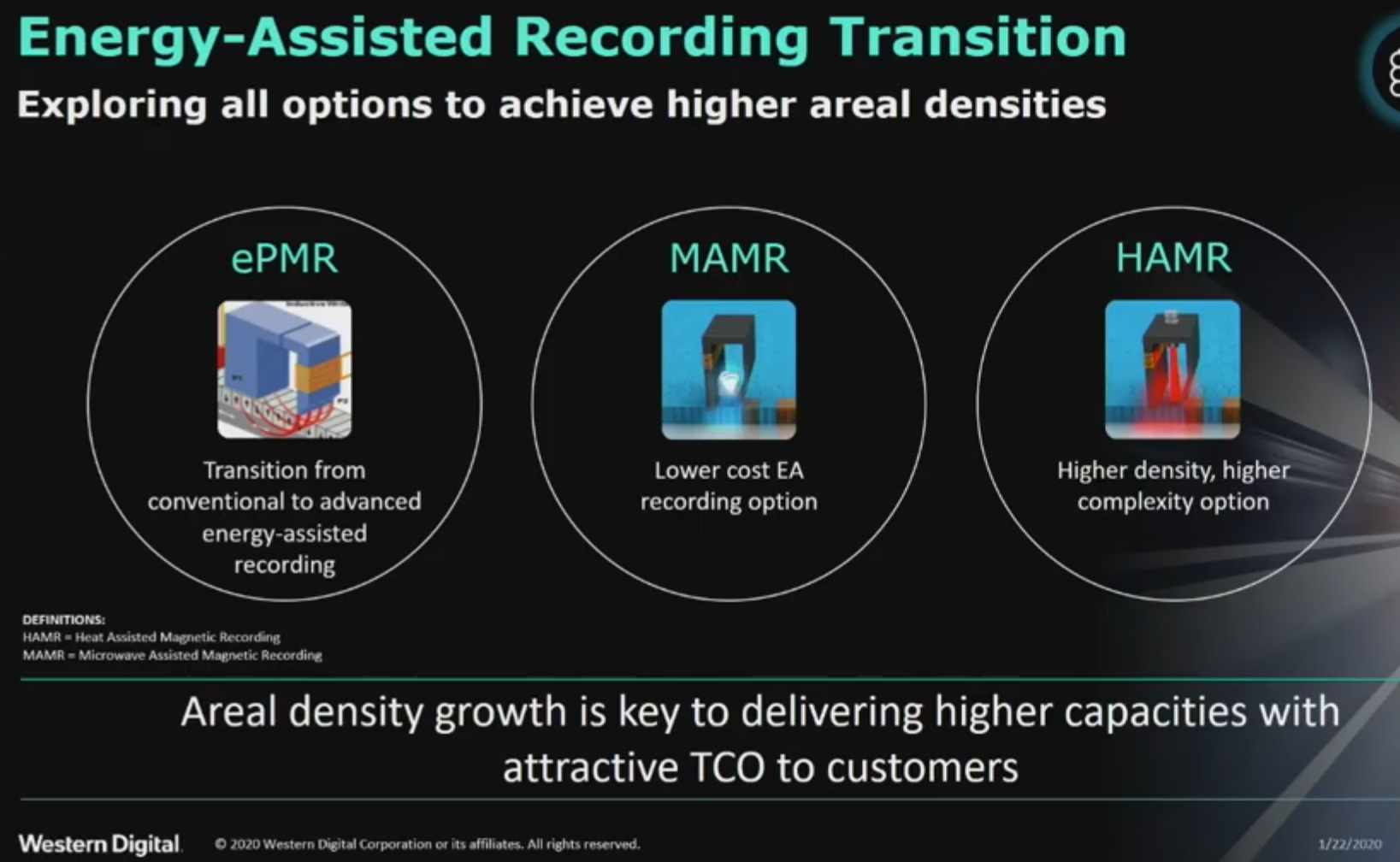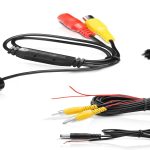Understanding EAMR
Enterprise Asset Management and Reliability (EAMR) integrates the comprehensive management of an organization's physical assets throughout their lifecycle with a dedicated focus on enhancing their operational reliability. It aims to optimize asset performance, lifespan, and return on investment by systematically improving dependability and reducing failures.
Core Objectives of EAMR
The primary goals of implementing an EAMR strategy include:
- Maximizing Asset Uptime: Ensuring assets are available and performing their intended functions when required.
- Optimizing Maintenance Costs: Balancing preventive, predictive, and corrective maintenance to minimize overall expenditure without compromising reliability.
- Extending Asset Lifespan: Implementing practices that prolong the useful life of physical assets, deferring capital replacement costs.
- Improving Safety and Compliance: Reducing asset-related incidents and ensuring adherence to regulatory standards.
- Enhancing Data-Driven Decision Making: Utilizing asset performance and maintenance data to inform strategic planning and operational improvements.
- Reducing Operational Risks: Proactively identifying and mitigating potential asset failures and their consequences.
Key Components of an EAMR Framework
An effective EAMR framework typically incorporates several key components:

- Asset Registry and Hierarchy: A comprehensive database of all assets, their specifications, location, and relationships.
- Work Order Management: Systematically planning, scheduling, executing, and tracking all maintenance tasks.
- Preventive Maintenance (PM): Scheduled maintenance activities performed to reduce the likelihood of asset failure.
- Predictive Maintenance (PdM): Utilizing condition-monitoring techniques to predict potential failures and schedule maintenance accordingly.
- Reliability-Centered Maintenance (RCM): A systematic process to determine the most effective maintenance strategy for each asset based on its operational context and failure consequences.
- Root Cause Analysis (RCA): Investigating failures to identify underlying causes and implement corrective actions to prevent recurrence.
- Materials and Spares Management: Optimizing inventory levels of spare parts to ensure availability while minimizing carrying costs.
- Performance Analytics and Reporting: Tracking key performance indicators (KPIs) related to asset reliability, maintenance effectiveness, and costs.
The Role of Reliability in EAMR
Reliability is the cornerstone of EAMR. While traditional EAM focuses on managing the asset lifecycle, the "R" in EAMR emphasizes a proactive and strategic approach to ensuring assets perform their intended functions without failure for specified periods under stated conditions. This involves engineering for reliability, implementing robust maintenance strategies focused on failure prevention, and continuously analyzing performance data to identify and address reliability bottlenecks. Integrating strong reliability principles transforms EAM from a cost center into a value-driven function that directly contributes to operational excellence and profitability.












